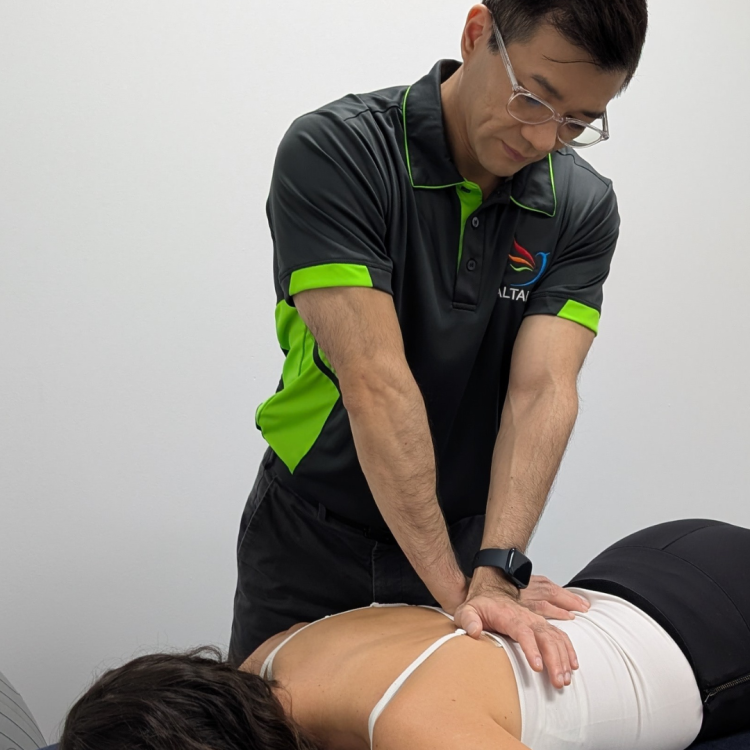How to prevent netball injuries

Netball is one of the most popular team sports in Australia and although considered a non-contact sport can be extremely physically jarring on the body and is known for causing injuries. With netball season about to be back in full swing, here are a few of the most common injuries that netball can cause, as well as ways to reduce the risk of these injuries, or if they become unavoidable, how to treat them effectively so you can get back out on the court!
Ankle sprains
A common injury that netballer’s experience are ankle sprains as the sport involves a lot of sudden movement, pivoting, jumping and change of direction. Common symptoms of an ankle sprain include bruising, swelling, and difficulty or pain when weight bearing. If you experience an ankle sprain it is recommended to rest, elevate and apply ice to the area immediately after the injury occurs. Following the initial injury, it is important to regain flexibility and mobility through strengthening and stretching exercises such as calf raises and lunges. If the pain and immobility continues after a prolonged period of time, it is recommended to seek treatment from a physiotherapist as they can assist with reducing pain and recommending relevant exercises.
Shin splints
This is another common injury that is generally associated with running and affects many netballers. Shin splints affect the tibia (shinbone) and occurs due to repetitive stress to the area, leading to pain and inflammation. Shin splints can be avoided by warming up properly, however, if they do occur, rest and strengthening exercises like calf raises and clamshells can build strength in the calves and hip muscles.
Patella tendonitis
This condition is commonly known as ‘Jumper’s Knee’, and occurs when the patella tendon (attaches quadriceps to shinbone) becomes inflamed from constant jumping and landing. With patella tendonitis, the knee will often feel stiff first thing in the morning and movements like squatting or kneeling may be difficult. Stretching and muscle building exercises can help to reduce stress on the tendon, and physiotherapy treatment like electrotherapeutic modalities can be used to facilitate muscle activation.
ACL Injuries
The anterior cruciate ligament attaches the femur to the tibia and is one of the four knee ligaments that provides the knee joint with stability. The ACL can be commonly torn in netball when there is forceful twisting placed upon the knee when the foot lands on the ground. You may hear a crack or pop if this injury occurs and pain will be located around the knee joint. Like other common netball injuries, damage to the ACL can be prevented by increasing the strength in your glutes and hamstrings as well as by improving landing technique and avoiding ‘knocked knees’ position. If an ACL injury does occur, seeking assistance from a physiotherapist is necessary to undertake a rehabilitation program to regain stability, strength and balance.
While there’s no way to completely prevent injuries, having a proactive approach can help to ensure you’re not missing out on any of your games this season. If you’re a netballer wanting to prevent injury as much as possible or are currently experiencing any of these injuries, book in to see one of our specialised Physiotherapists who can provide tailored treatments and assessments from our state of the art physio clinic based in Campbelltown, Adelaide. We can also arrange for community and business off-site visits. Find out more: Home – Altaira Physio (altairahealth.com.au)
Book online: Make a Booking (nookal.com)









